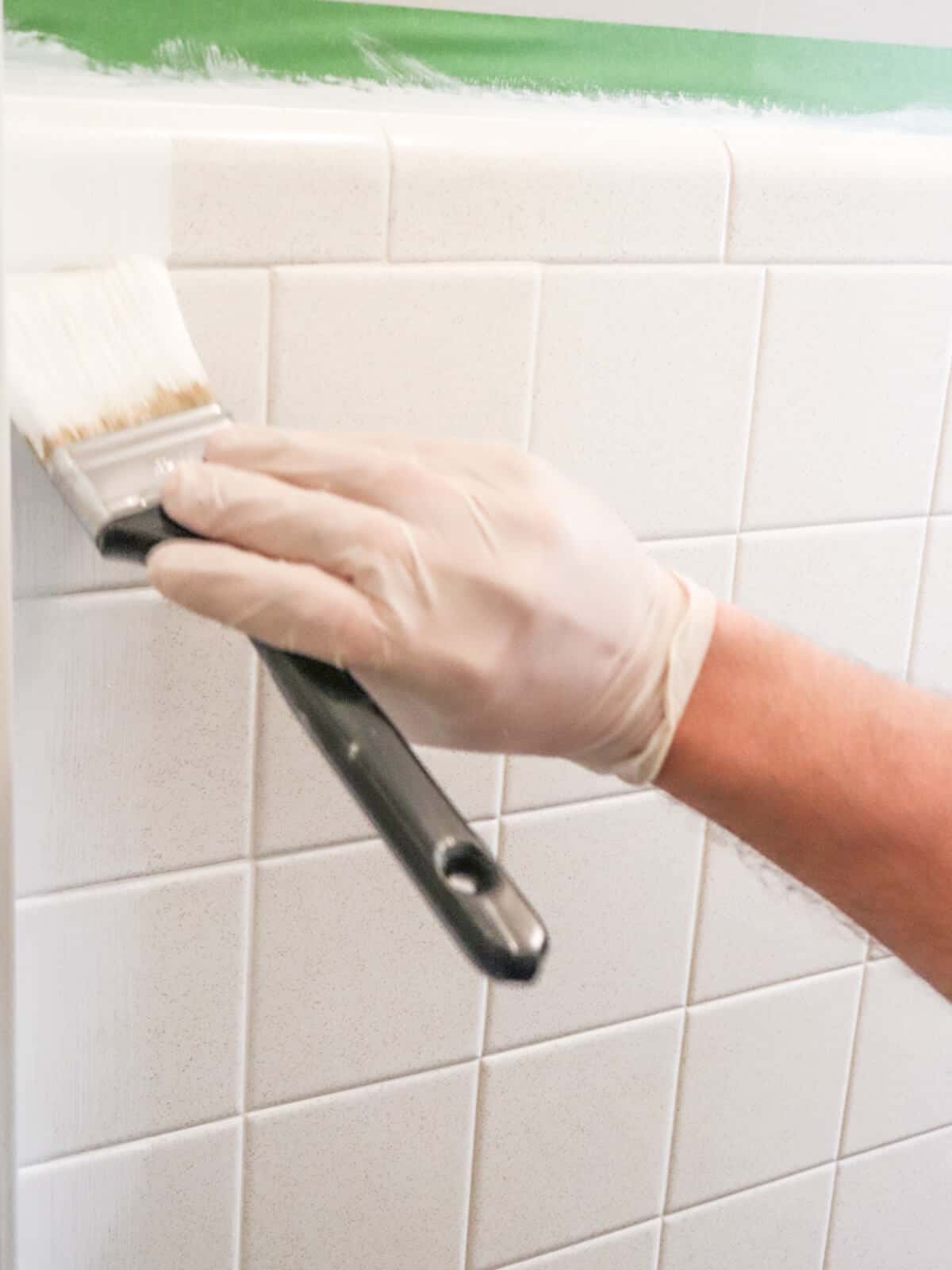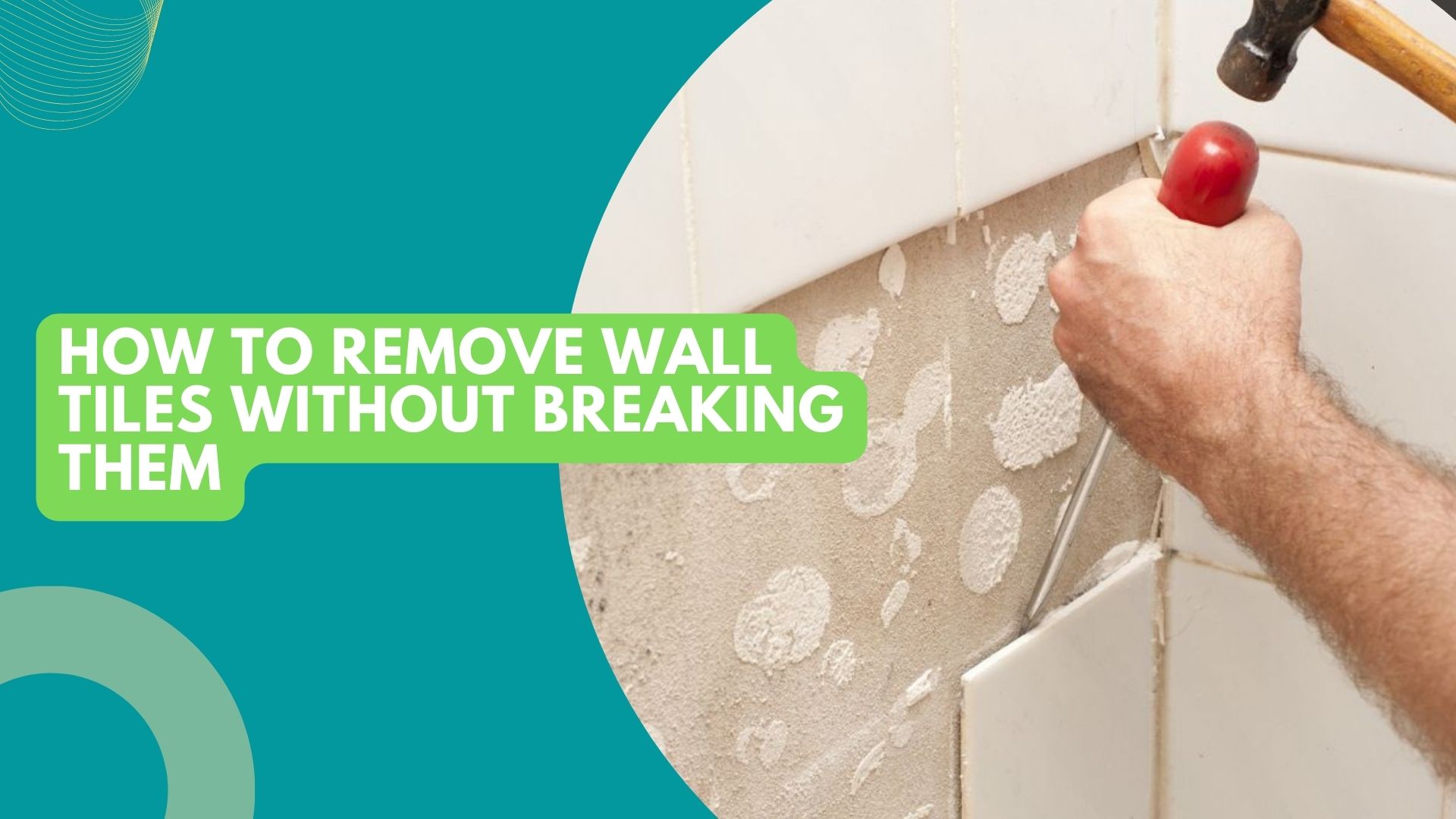Sometimes, life throws you little home improvement challenges that seem easy at first glance but turn out to be way trickier than expected. How to remove ceiling tiles without damaging them? Yeah, that’s one of those tasks that might leave you scratching your head if you’re not prepared. But don’t worry, pal! We’ve got your back. Whether you’re renovating, cleaning, or just trying to freshen up the look of your space, removing ceiling tiles can be done safely and efficiently. Let’s dive in!
First off, let’s talk about why this matters so much. Ceiling tiles aren’t just random pieces of material stuck to the ceiling—they play a big role in maintaining the aesthetics and functionality of your room. Damaging them during removal could mean extra costs and headaches later on. Plus, who wants to deal with unnecessary repairs when you’re already putting in the effort to improve your space?
Now, before we get into the nitty-gritty details, remember this: patience is key. Rushing through the process might lead to mistakes, and trust me, you don’t want to end up with a ceiling that looks like it went through a tornado. So, buckle up, and let’s explore how to tackle this project like a pro.
- Remembering Carrie Hamilton A Life Of Talent Passion And Legacy
- Luxmovies New Website Your Ultimate Movie Streaming Destination
Why Removing Ceiling Tiles is Important
Before we jump into the "how," let’s talk about the "why." There are tons of reasons why someone might need to remove ceiling tiles. Maybe you’re updating the look of your room, dealing with water damage, or simply trying to clean hard-to-reach areas. Whatever the reason, knowing how to remove ceiling tiles without damaging them is crucial for maintaining the integrity of your space.
Here’s the deal: ceiling tiles are often made of materials like vinyl, acoustic foam, or even fiberglass. These materials are designed to absorb sound, regulate temperature, and provide a smooth, clean surface. If you damage them during removal, you’re not just messing with the appearance—you’re also compromising their performance. Nobody wants that, right?
Tools You’ll Need to Get the Job Done
Alright, let’s talk tools. You don’t need a fancy toolkit to remove ceiling tiles, but having the right ones will make your life way easier. Here’s a quick list of essentials:
- Djo The Rising Star Shining Brighter Than Ever
- Young Sheldon Cast The Ultimate Guide To The Nerdy Adventures Of A Child Prodigy
- A putty knife or flathead screwdriver
- A utility knife (optional, depending on the adhesive used)
- A heat gun or hairdryer (for stubborn adhesives)
- Gloves and safety goggles (because safety first, yo!)
- A ladder or step stool (unless you’ve got superhuman jumping abilities)
These tools aren’t just random picks—they’re specifically chosen to help you remove ceiling tiles without causing any unnecessary damage. Trust me, trying to do this with a butter knife and brute force is a recipe for disaster.
Understanding Different Types of Ceiling Tiles
Not all ceiling tiles are created equal, my friend. Before you start yanking them down, it’s important to know what kind of tiles you’re dealing with. Here’s a quick breakdown:
Vinyl Ceiling Tiles
Vinyl tiles are super common because they’re durable and easy to clean. They’re usually attached with adhesive, so you’ll need to be gentle when removing them to avoid cracking or warping.
Acoustic Ceiling Tiles
Acoustic tiles are all about sound absorption. They’re often softer and more fragile than vinyl, so you’ll need to use extra care when handling them. These babies are usually held in place by a grid system, which makes removal a bit easier compared to adhesives.
Fiberglass Ceiling Tiles
Fiberglass tiles are lightweight and great for insulation. However, they can be a bit tricky to remove because they’re prone to breaking if handled roughly. Wear gloves and a mask when working with these, as the fibers can irritate your skin and respiratory system.
Step-by-Step Guide to Removing Ceiling Tiles
Ready to roll up your sleeves and get to work? Here’s a step-by-step guide to help you remove ceiling tiles without damaging them:
Step 1: Prepare Your Workspace
Clear the area below the ceiling to avoid accidents. Lay down drop cloths or old sheets to catch any debris. Trust me, you don’t want to be cleaning up broken tiles from your carpet later.
Step 2: Inspect the Tiles
Take a close look at the tiles to determine how they’re attached. Are they glued down, held by a grid system, or simply resting in place? This will dictate your approach to removal.
Step 3: Start at the Edges
Use a putty knife or flathead screwdriver to gently pry the edges of the tile away from the ceiling. Work slowly and carefully to avoid cracking the tile.
Step 4: Deal with Adhesives
If the tiles are glued down, you might need to soften the adhesive first. Use a heat gun or hairdryer to warm up the adhesive, making it easier to remove. Be patient—this step can take some time.
Step 5: Remove the Tiles
Once the edges are loose and the adhesive is softened, gently lift the tile away from the ceiling. If it’s part of a grid system, slide it out carefully to avoid damaging the surrounding tiles.
Step 6: Clean Up
After the tiles are removed, clean the ceiling surface to prepare it for new tiles or paint. This step is crucial for ensuring a smooth finish.
Tips and Tricks for a Successful Removal
Here are a few extra tips to make your ceiling tile removal project a breeze:
- Work in small sections to avoid overwhelming yourself.
- Take breaks if you feel frustrated—sometimes stepping back helps you approach the task with fresh eyes.
- Consider renting specialized tools if you’re dealing with a large area or particularly stubborn tiles.
Remember, practice makes perfect. The more you do it, the better you’ll get at removing ceiling tiles without damaging them.
Common Mistakes to Avoid
Let’s face it—nobody’s perfect. But knowing the common mistakes people make when removing ceiling tiles can save you a lot of hassle. Here are a few to watch out for:
- Rushing the process and yanking tiles too hard.
- Not wearing protective gear, which can lead to injuries or exposure to harmful materials.
- Ignoring the type of tile you’re working with, which can result in unnecessary damage.
Avoiding these pitfalls will help you achieve a smooth, damage-free removal process.
Data and Statistics to Support Your Project
According to a recent survey by HomeAdvisor, the average cost of ceiling tile removal is around $1,000, but DIY projects can save you up to 50% of that cost. That’s a pretty compelling reason to tackle the job yourself, isn’t it?
Additionally, research shows that proper ceiling maintenance can increase the lifespan of your home’s structural integrity by up to 20%. So, not only are you saving money, but you’re also investing in the long-term health of your space.
When to Call in the Professionals
As much as we’d love to DIY everything, there are times when calling in the pros is the best option. If you’re dealing with asbestos-containing tiles, for example, it’s crucial to hire a professional to handle the removal safely. Asbestos exposure can lead to serious health issues, so don’t take any chances.
Similarly, if the area you’re working on is extensive or involves complex systems, bringing in an expert might save you time and money in the long run.
Conclusion: Your Ceiling Tiles Deserve Love
Removing ceiling tiles without damaging them might sound intimidating at first, but with the right tools, techniques, and mindset, it’s totally doable. Remember to take your time, follow the steps carefully, and don’t hesitate to ask for help if you need it.
Now that you’ve got the scoop, it’s time to put your newfound knowledge to the test. Share your experience in the comments below, and don’t forget to check out our other articles for more home improvement tips and tricks. Happy renovating, my friend!
Table of Contents
- Why Removing Ceiling Tiles is Important
- Tools You’ll Need to Get the Job Done
- Understanding Different Types of Ceiling Tiles
- Step-by-Step Guide to Removing Ceiling Tiles
- Tips and Tricks for a Successful Removal
- Common Mistakes to Avoid
- Data and Statistics to Support Your Project
- When to Call in the Professionals
- Conclusion: Your Ceiling Tiles Deserve Love



Detail Author:
- Name : Miss Allie Barrows DDS
- Username : lexi46
- Email : hartmann.otha@hotmail.com
- Birthdate : 1983-12-05
- Address : 564 Doyle Loop Apt. 191 Lake Kurt, ME 48409
- Phone : +1 (432) 395-2876
- Company : Jerde-Brakus
- Job : Park Naturalist
- Bio : At nemo perferendis expedita et maiores. Similique eos natus culpa corrupti pariatur placeat qui quidem. Molestiae voluptatem autem accusamus.
Socials
facebook:
- url : https://facebook.com/shakira_emmerich
- username : shakira_emmerich
- bio : Omnis minus molestiae ea dignissimos quia natus nisi.
- followers : 2042
- following : 1918
linkedin:
- url : https://linkedin.com/in/shakira5674
- username : shakira5674
- bio : Accusamus cupiditate ut vel sint dolores.
- followers : 4031
- following : 2855
tiktok:
- url : https://tiktok.com/@shakiraemmerich
- username : shakiraemmerich
- bio : Et eaque repellat velit quidem.
- followers : 2976
- following : 2313